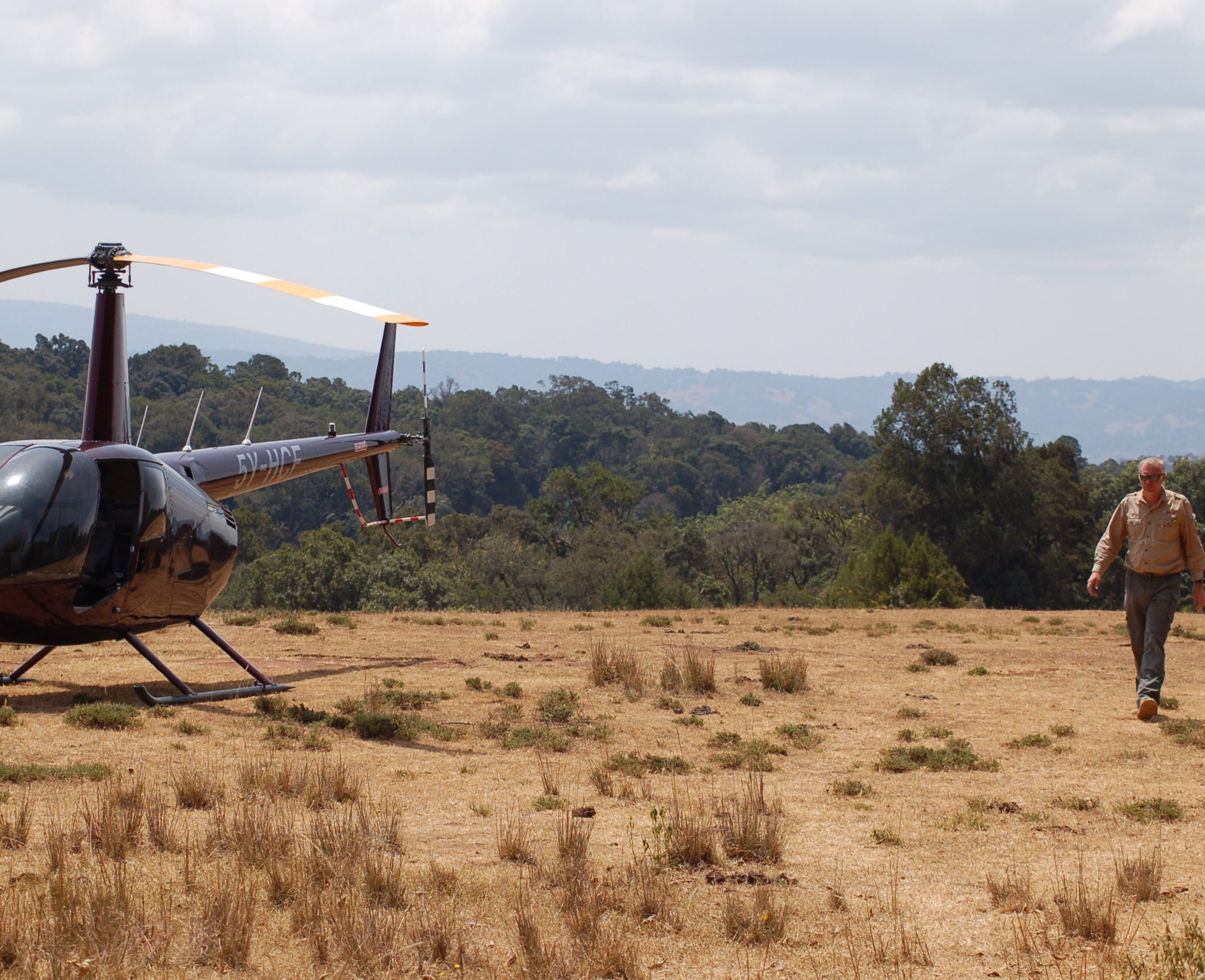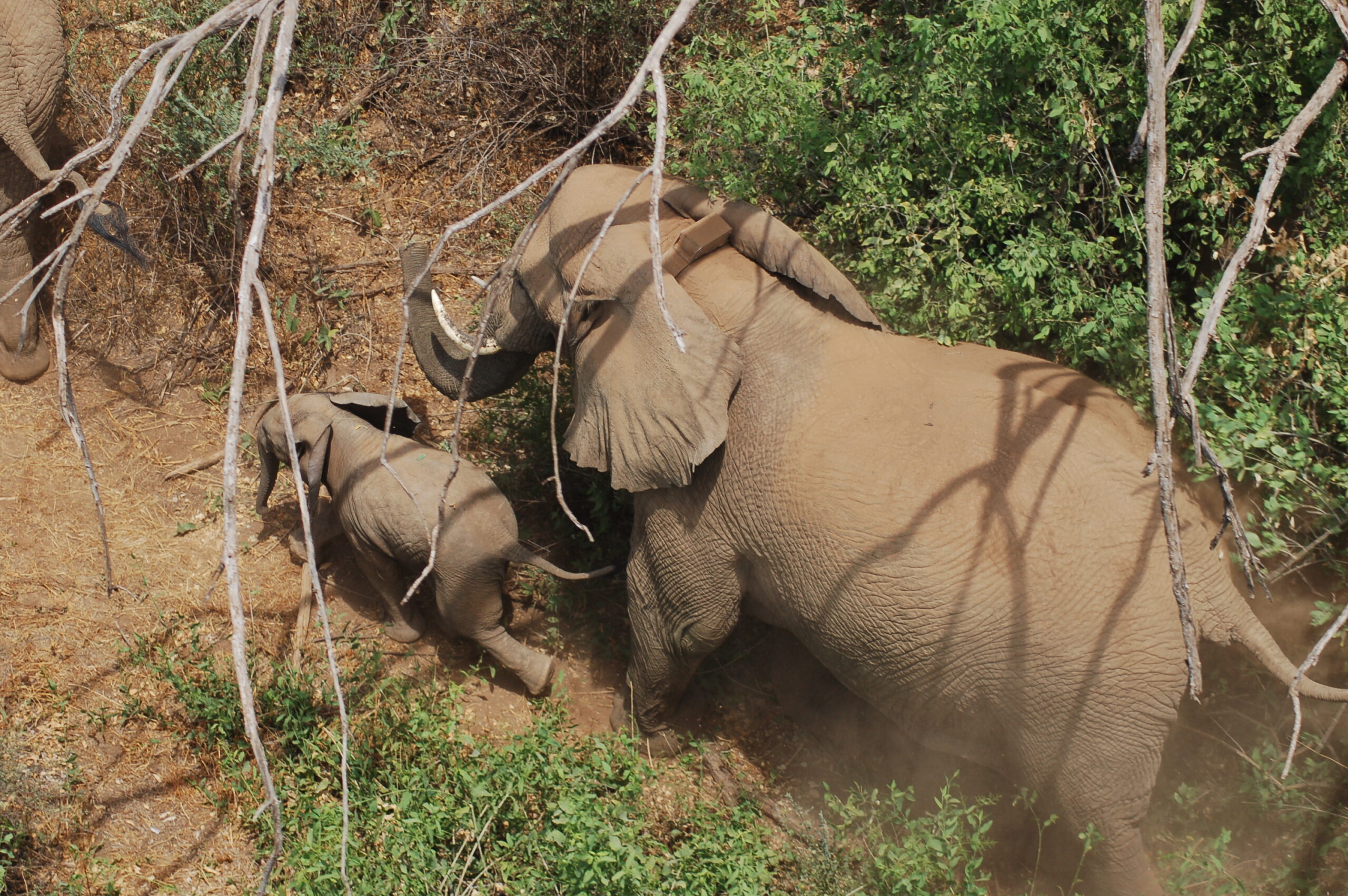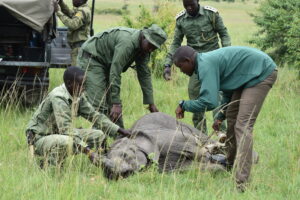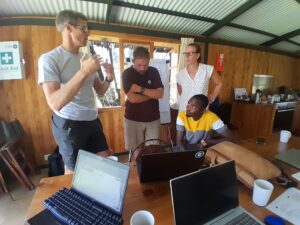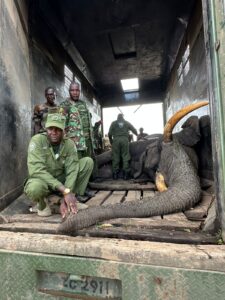We celebrated two big events in the third quarter. On September 12, Mara Elephant Project celebrated 11 years of protecting elephants and their habitats across the Greater Mara Ecosystem. We are extremely grateful for your support over the years. Then, in July, we trained and deployed a new ranger team dedicated to protecting the “Forest of the Lost Child” (Naminina Enkiyio) otherwise known as the Loita Forest. We currently have two ranger teams operating in the Loita Forest, and due to increased security concerns, we’ve decided to launch a third in the Kisokon portion of Loita. MEP started the first dedicated Loita team of community rangers in 2019, and a second team was deployed in the southern section of the forest in 2020, thanks to support from Lori Price. Since then, the two teams have been working tirelessly to protect the forest from loggers, charcoal makers and poachers. The teams have also provided the community with jobs to protect their forest. Recruitment for these new rangers took place in early March and they spent six weeks on MEP’s campus going through training, all run in house. Once they completed their training, the seven new rangers were deployed. In August, we were honored to host a Passing Out Parade (similar to a graduation) for the newly launched team, and for the Enarau Conservancy rangers that graduated alongside our team. We were humbled by the turnout, which included distinguished guests the Honorable Najib Balala, Cabinet Secretary, Ministry of Tourism and Wildlife and Regional Coordinator West Daniel Muli from the Maasai Mara Wildlife Conservancies Association. MEP’s Honorary Trustee Brian Heath was also in attendance, and I spoke at the ceremony. The rangers performed a parade and received warm wishes and congratulations from everyone in attendance. Please welcome Eric Sarupa, Gideon Koti, Dickson Nyange, Mike Olomunyak, Nancy Nailantei, Brenda Moonka and Benson Sunkuli to MEP. Congratulations to the graduates!

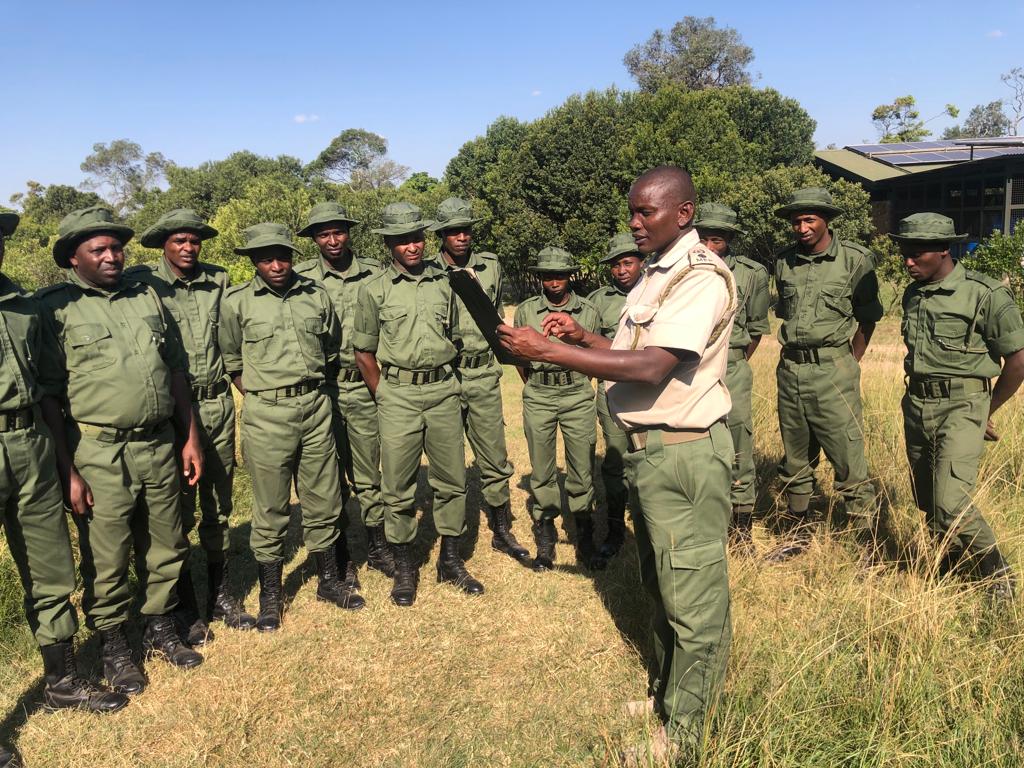
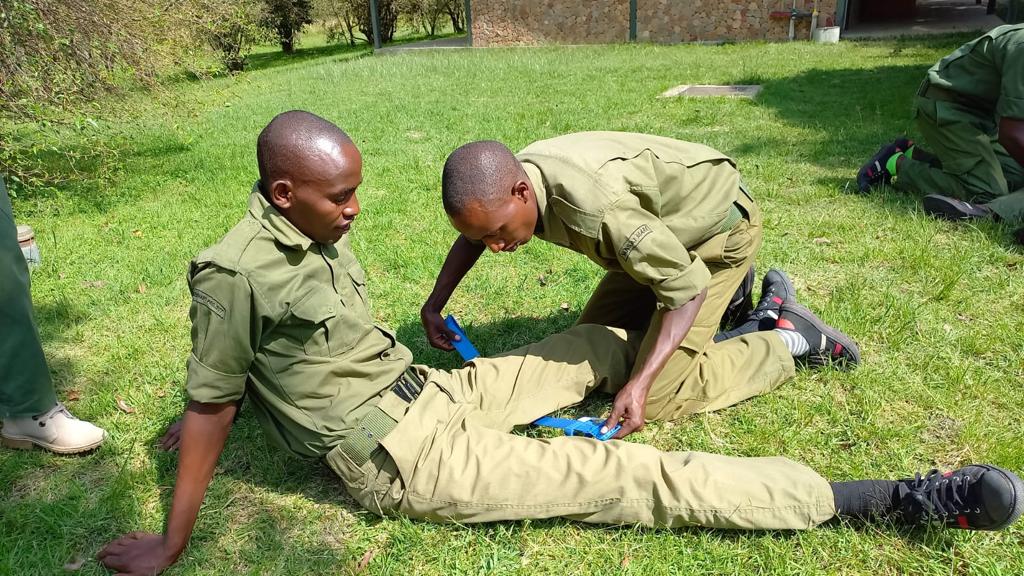
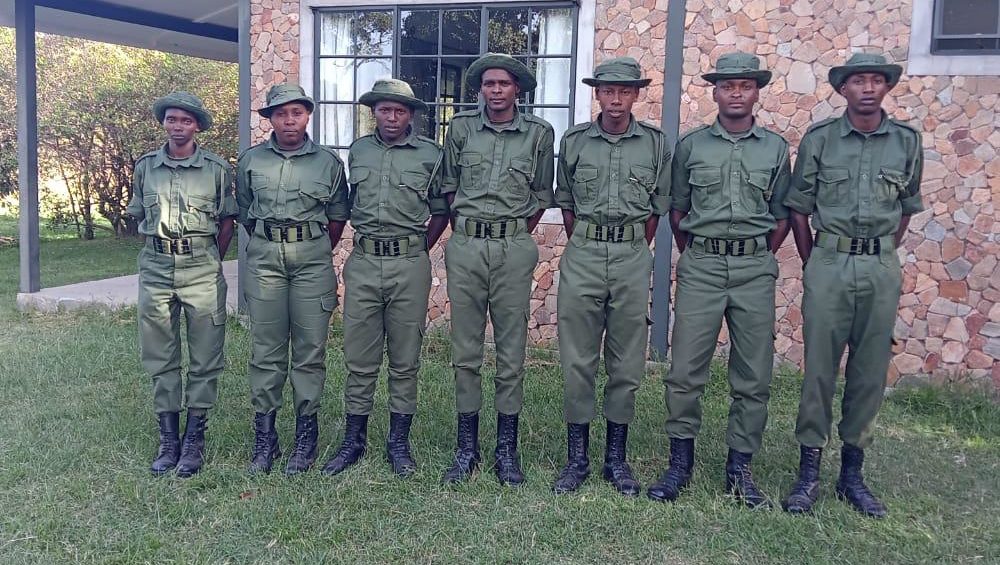
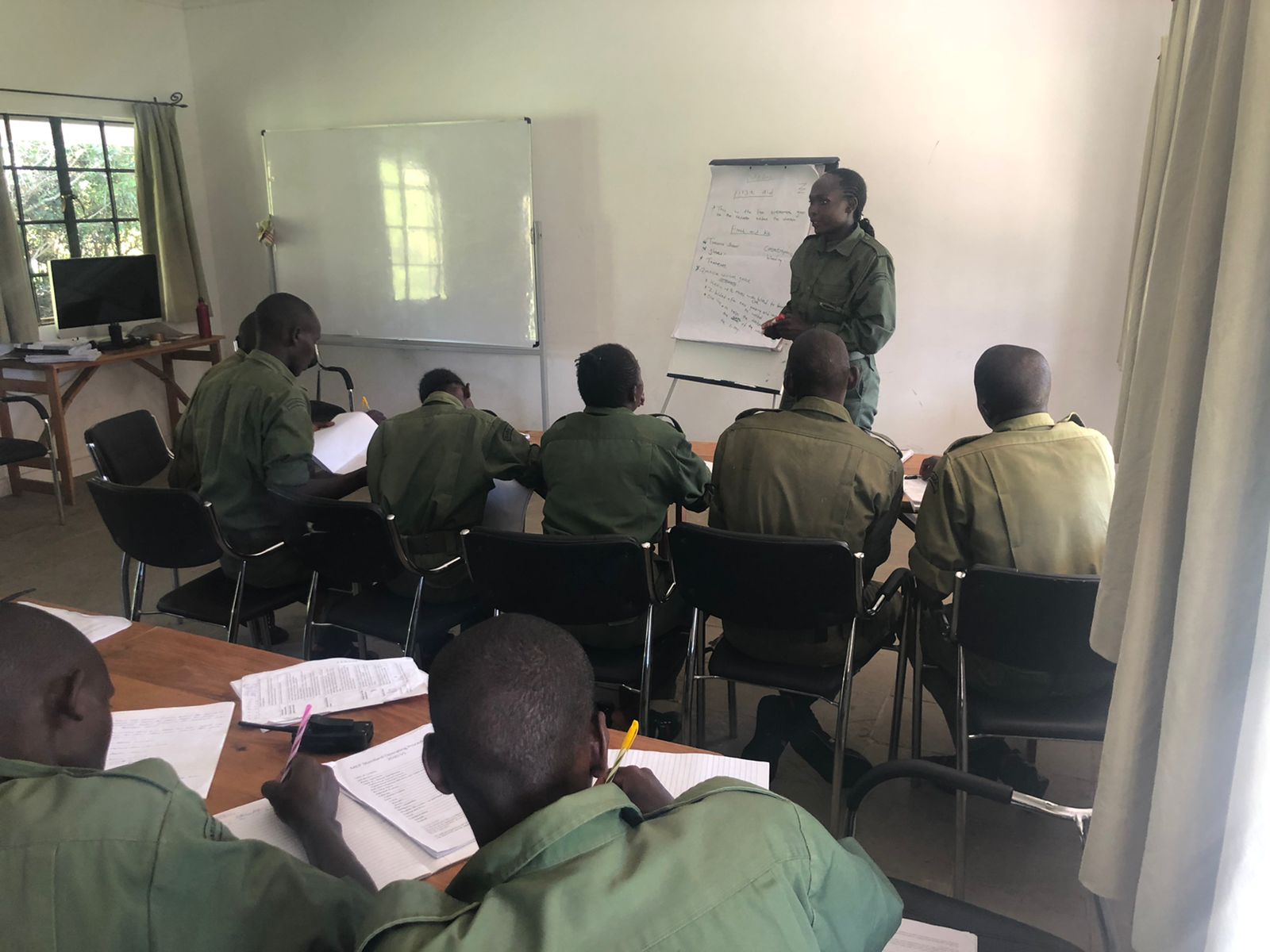

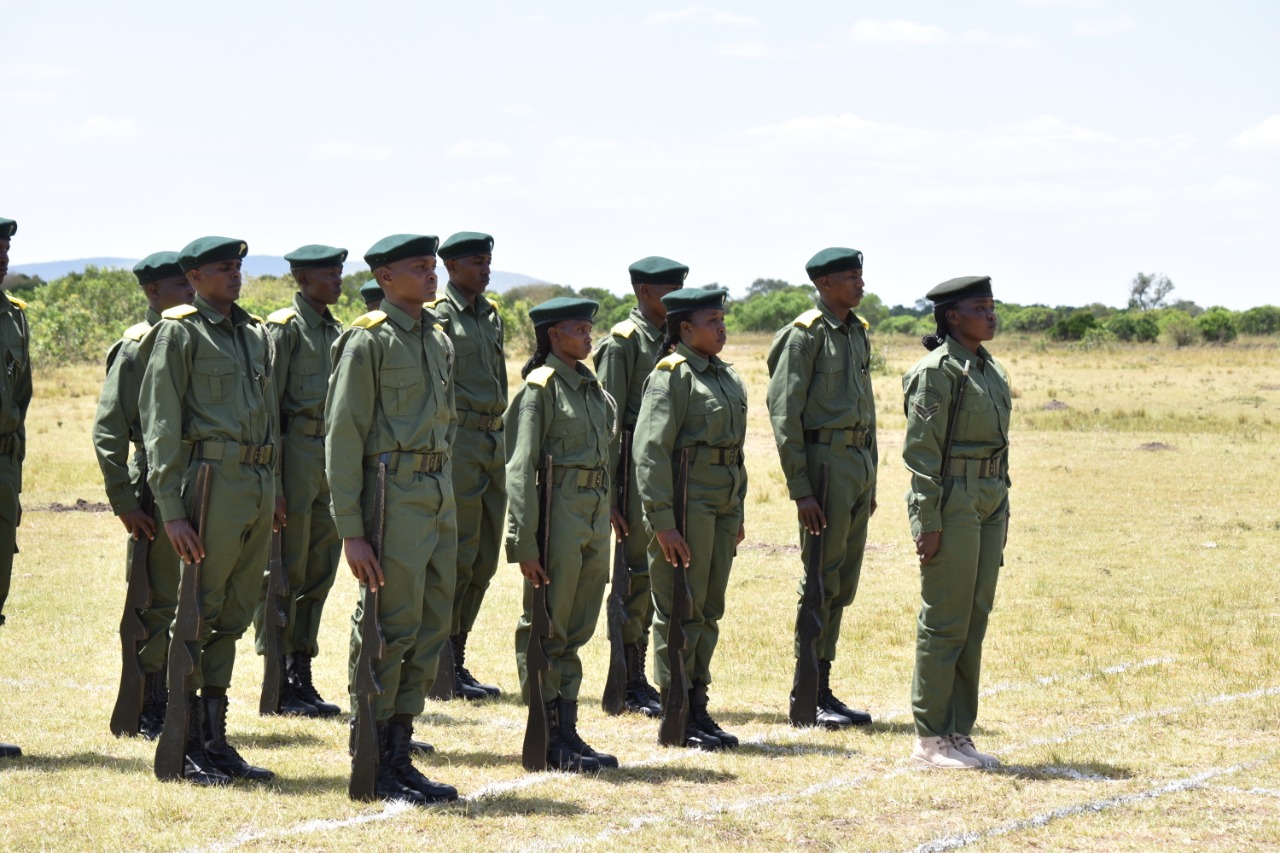
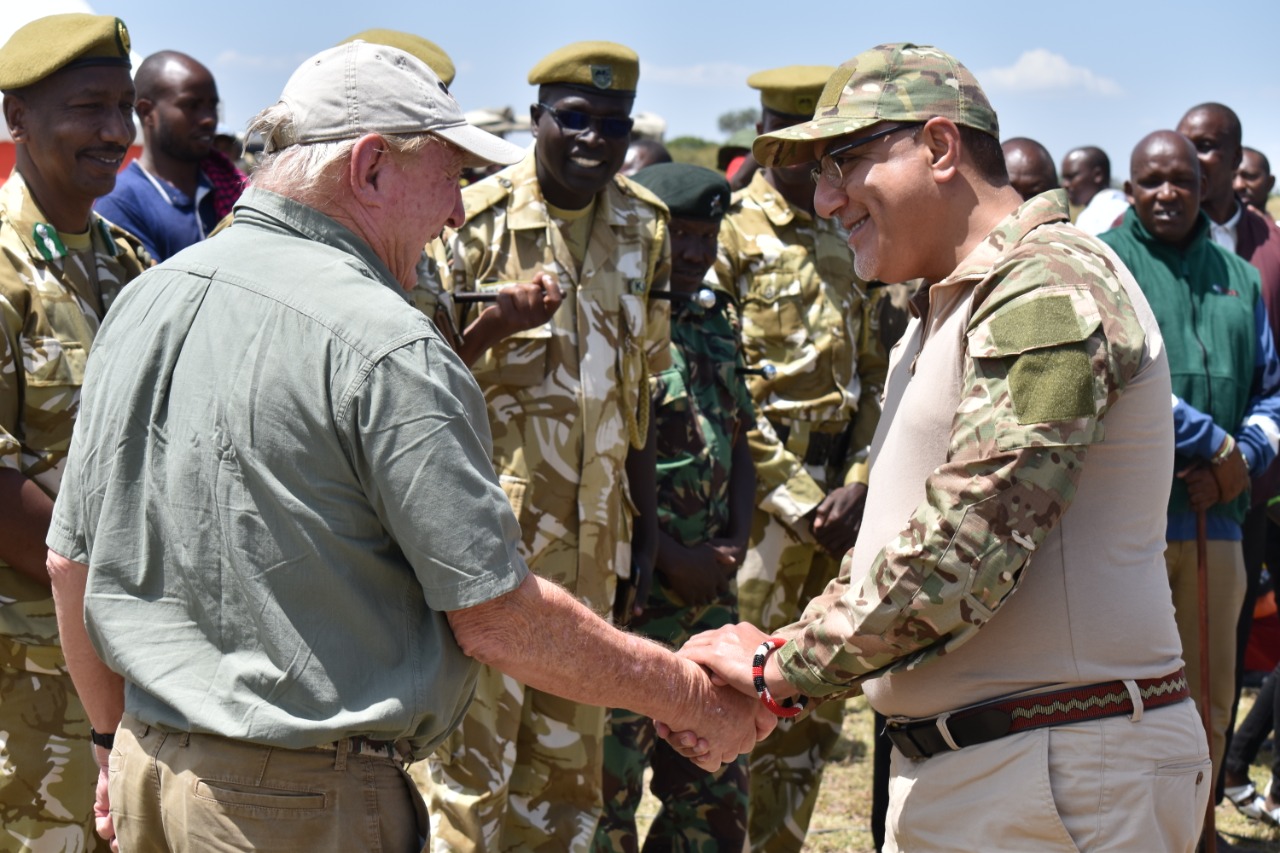
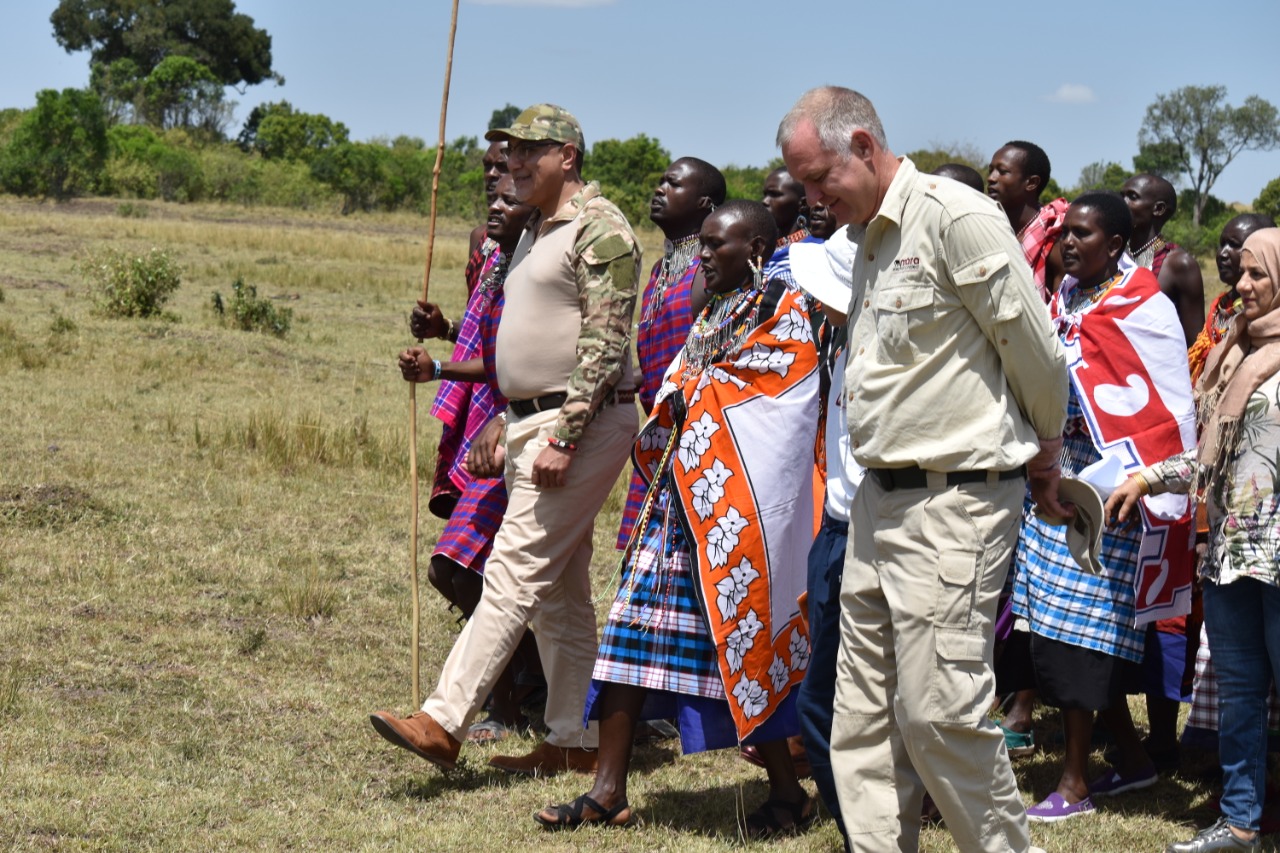

In August, MEP joined our partners to save an elephant mother from a horrible snare wound. MEP rangers from the “Golf” team joined with Mara Triangle rangers to search for the wounded mother, and her calf, after a local guide from Governor’s Camp spotted the injury. It was easier said than done, but after a day of searching, they were spotted inside an area that wasn’t easily accessible for treatment. So, I used the MEP helicopter to push her out, and the Sheldrick Wildlife Trust Mara Mobile Vet Unit did what they do best, treat the wound. The snare had caused a very deep cut into this mom’s leg and Kenya Wildlife Service (KWS) Vet Dr. Ephantus Ndambiri removed the snare and treated the wound. After treatment, the mother elephant was up on her feet with her breastfeeding baby by her side.


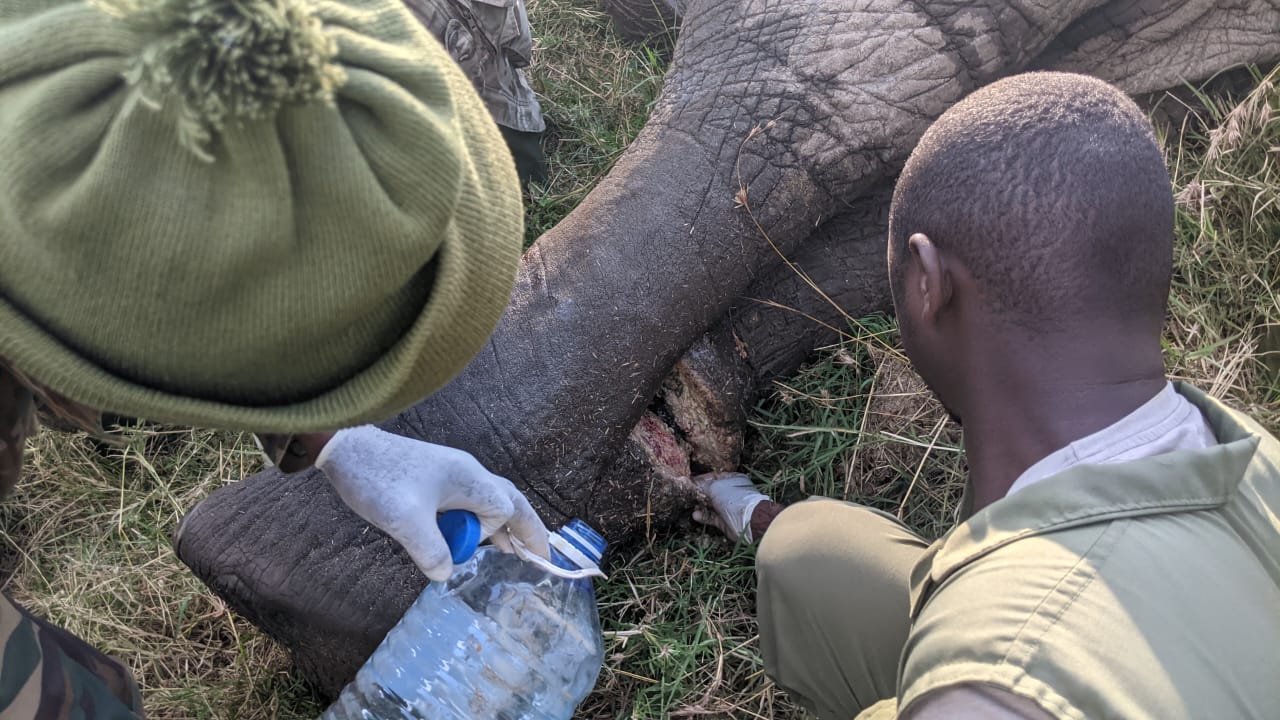
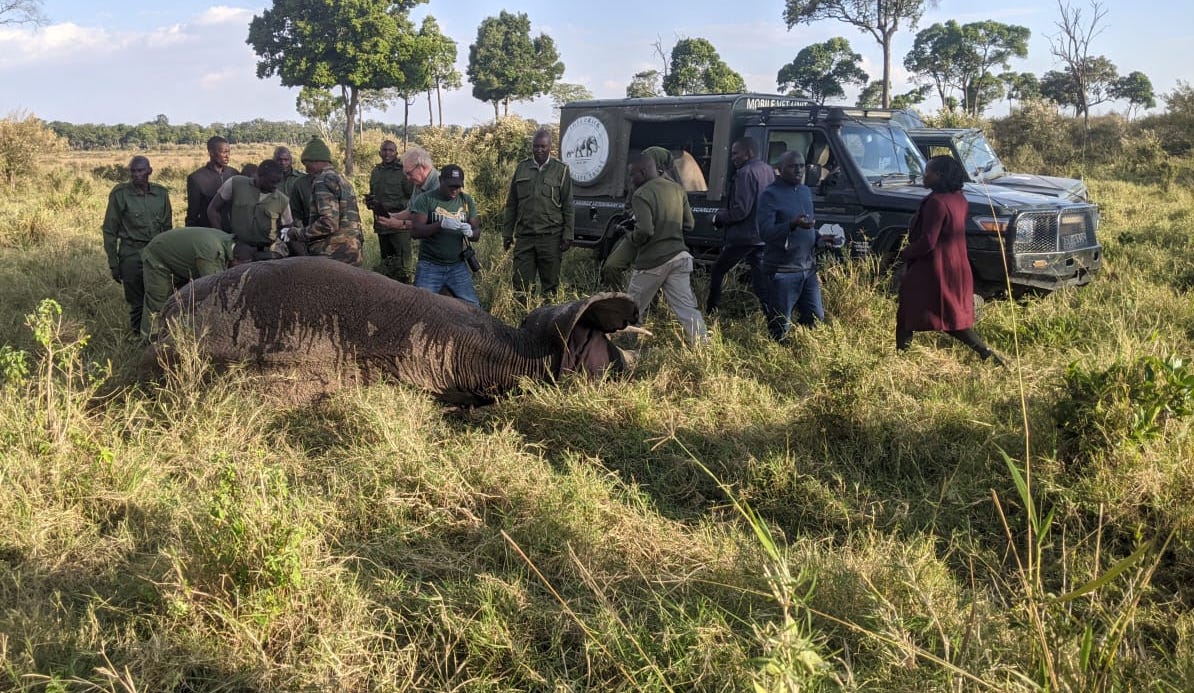
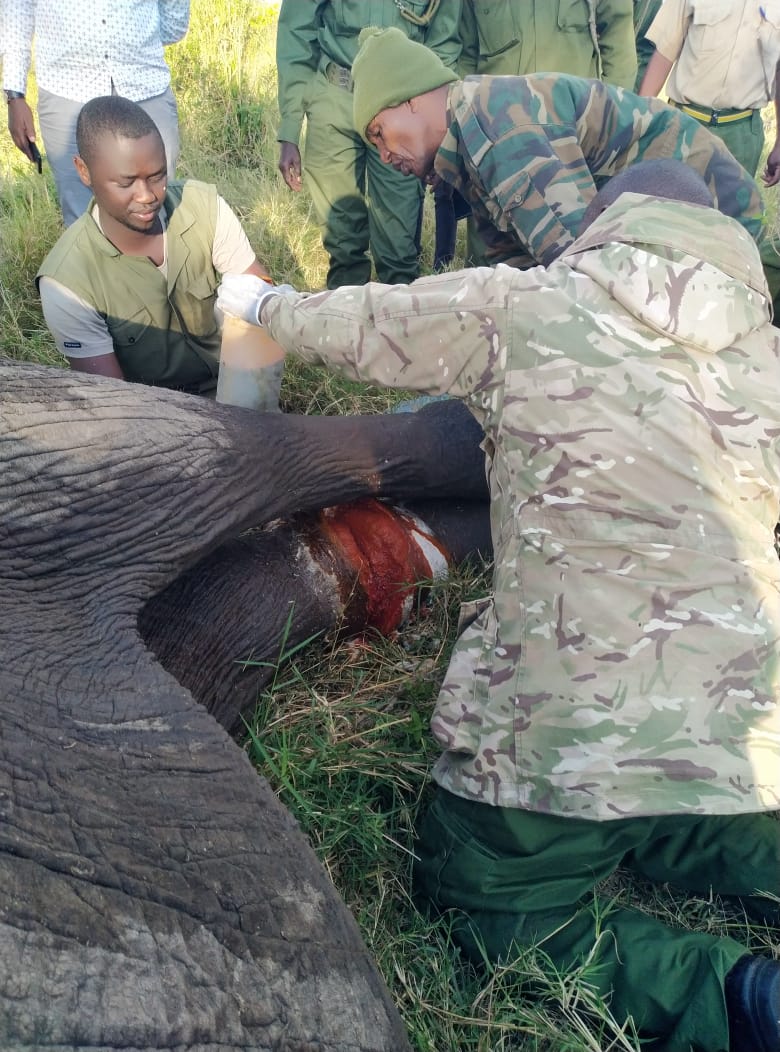
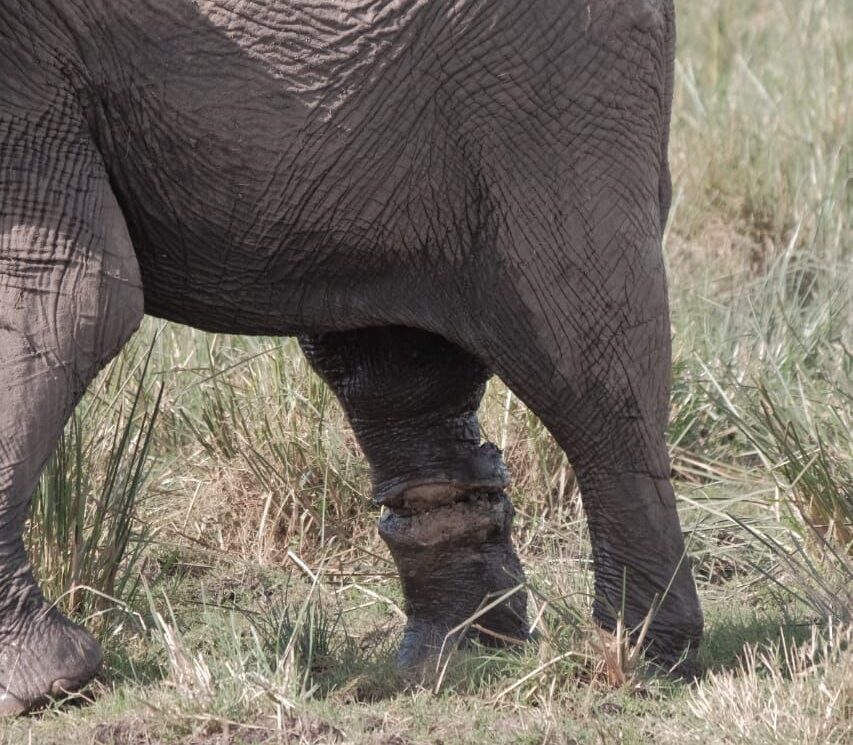
On August 14, KWS reported crop raiding elephants deep inside a farming area on the slopes of the Mau Forest on the Naivasha side. This situation quickly became an emergency as large numbers of community members had gathered to protect their farms from further damage. The KWS ground team mobilized rapidly to prevent the community from attacking the elephants, but they were not able to chase the herd out of the large-scale maize plantations. That’s when KWS called in MEP’s helicopter to move the elephants toward Mt. Suswa. We moved the elephants southeast 24 kilometers (15 miles) toward Mt. Suswa where they would be safe, but not without navigating a few obstacles. There were a number of very steep ravines that elephants weren’t able to cross, which meant we needed to push them along the edges of farms. As you can see from the video, when the elephants got to the Standard Gauge Railway the engineers had luckily made large underpasses for wildlife and so they easily went through. When we reached the main tarmac road from Nairobi to Narok town KWS officers on the ground were able to stop the vehicle traffic each way to let the six bulls cross safely.
Elephants make extreme movements when they are searching for mates, food resources or are following historical corridors. We are not certain where the elephants came from to reach this area, maybe the Rift Valley or Mau Forest? That’s why collecting movement data using satellite collars is a critical component to KWS and MEP’s approach to promote co-existence. If there had been a collared elephant in this herd, we would know for certain where they came from and get an early warning if they tried to reach these farms again. As if on cue, this point was made the very next week, when collared elephant Hannibal and his herd made the same movements and we were alerted to intervene with the helicopter before they were able to reach the farms. Captured from the helicopter’s GoPro 360 camera, you can see the herd crossing over the main tarmacked road between Nairobi and Narok, which created a lot of excitement locally.
Collared elephant Audrey was monitored from the air using the MEP helicopter in August. During the aerial monitoring, it was noted that Audrey’s herd was healthy, her collar was fully functioning without much wear-and-tear, and that her baby is growing fast. On September 24, the helicopter responded to chivvy elephants that had moved into a conflict area near Maimaihu. KWS requested they be pushed back across the SGR to a safer place near Mt. Suswa, that is now the third time we’ve responded to push elephants out of this area.
